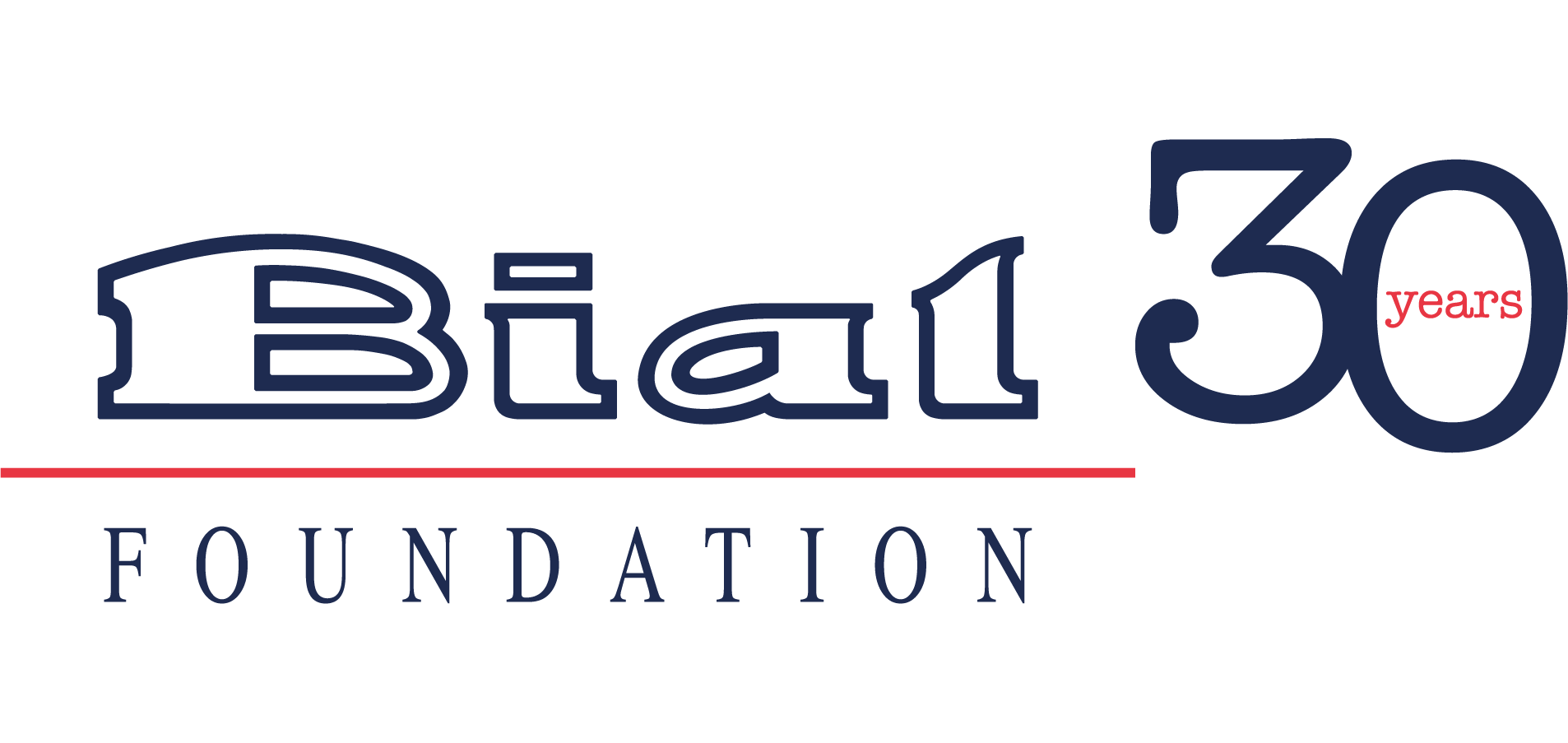In the scope of the research project 44/16 - Inducing and measuring plasticity in response control mechanisms in the human brain, supported by the BIAL Foundation and carried out by the principal investigator Alejandra Sel, from the University of Oxford, it was published the paper Increasing and decreasing interregional brain coupling increases and decreases oscillatory activity in the human brain in the high impact journal PNAS - Proceedings of the National Academy of Sciences of the United States of America.
“The origins of oscillatory activity in the brain are currently debated, but common to many hypotheses is the notion that they reflect interactions between brain areas. Here, we examine this possibility by manipulating the strength of coupling between two human brain regions, ventral premotor cortex (PMv) and primary motor cortex (M1), and examine the impact on oscillatory activity in the motor system measurable in the electroencephalogram. We either increased or decreased the strength of coupling while holding the impact on each component area in the pathway constant. This was achieved by stimulating PMv and M1 with paired pulses of transcranial magnetic stimulation using two different patterns, only one of which increases the influence exerted by PMv over M1. While the stimulation protocols differed in their temporal patterning, they were comprised of identical numbers of pulses to M1 and PMv. We measured the impact on activity in alpha, beta, and theta bands during a motor task in which participants either made a preprepared action (Go) or withheld it (No-Go). Augmenting cortical connectivity between PMv and M1, by evoking synchronous pre- and postsynaptic activity in the PMv–M1 pathway, enhanced oscillatory beta and theta rhythms in Go and No-Go trials, respectively. Little change was observed in the alpha rhythm. By contrast, diminishing the influence of PMv over M1 decreased oscillatory beta and theta rhythms in Go and No-Go trials, respectively. This suggests that corticocortical communication frequencies in the PMv–M1 pathway can be manipulated following Hebbian spike-timing–dependent plasticity.”



































































